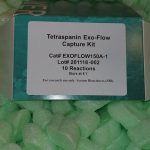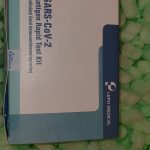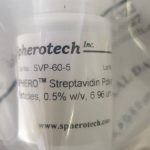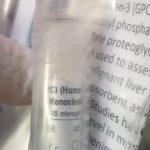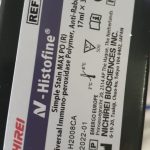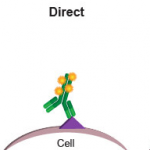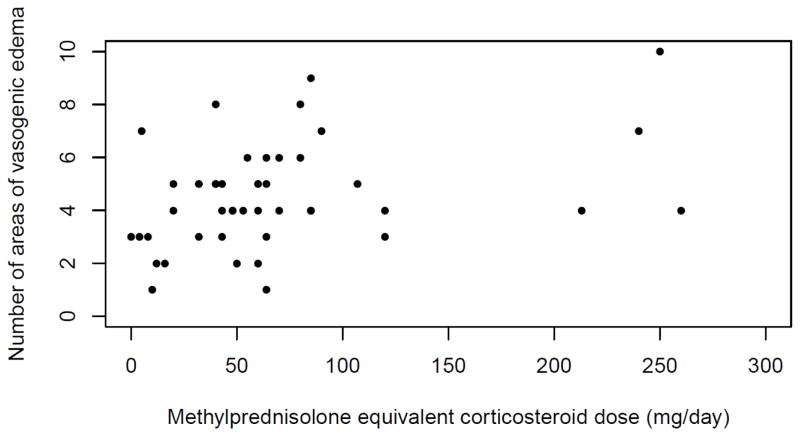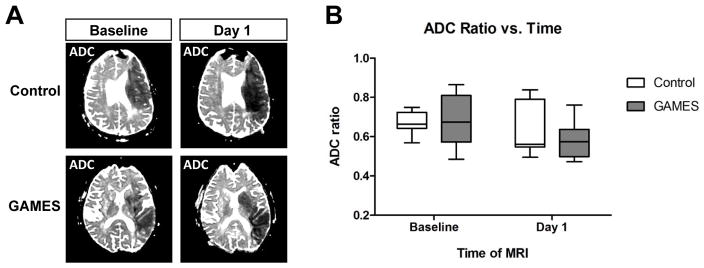Intracranial stress (ICP) is derived from cerebral blood and cerebrospinal fluid (CSF) circulatory dynamics and might be affected within the course of many illnesses of the central nervous system. Monitoring of ICP requires an invasive transducer, though some makes an attempt have been made to measure it non-invasively. Because of its dynamic nature, instantaneous CSF
Read MoreComparison Evans Blue injection routes: Intravenous versus intraperitoneal, for measurement of blood-brain barrier in a mice hemorrhage model.
Intracerebral hemorrhage is one of essentially the most devastating subtypes of stroke, leaving survivors with extreme neurological deficits. Disruption of the blood mind barrier (BBB) following hemorrhage outcomes in the event of vasogenic mind edema, a most life-threatening occasion after such occasions as intracerebral hemorrhage (ICH). The Evans Blue assay is a well-liked technique for the
Read MoreBlood-retinal barrier in hypoxic ischaemic conditions: basic concepts, clinical features and management.
The blood-retinal barrier (BRB) performs an vital function in the homeostatic regulation of the microenvironment in the retina. It consists of interior and outer parts, the interior BRB (iBRB) being shaped by the tight junctions between neighbouring retinal capillary endothelial cells and the outer barrier (oBRB) by tight junctions between retinal pigment epithelial cells. Astrocytes,
Read MoreDistinct imaging patterns and lesion distribution in posterior reversible encephalopathy syndrome.
Although the time period posterior reversible encephalopathy syndrome (PRES) was popularized due to the standard presence of vasogenic edema in the parietal and occipital lobes, different areas of the mind are additionally continuously affected. We evaluated lesion distribution with CT and MR in a big cohort of sufferers who skilled PRES to comprehensively assess the imaging
Read MoreTissue-type plasminogen activator induces opening of the blood-brain barrier via the LDL receptor-related protein.
The regulation of cerebrovascular permeability is vital for regular mind homeostasis, and the “breakdown” of the blood-brain barrier (BBB) is related to the improvement of vasogenic edema and intracranial hypertension in a quantity of neurological problems. In this examine we exhibit that a rise in endogenous tissue-type plasminogen activator (tPA) exercise in the perivascular tissue following cerebral
Read MoreBlood-brain barrier tight junction permeability and ischemic stroke.
The blood-brain barrier (BBB) is shaped by the endothelial cells of cerebral microvessels, offering a dynamic interface between the peripheral circulation and the central nervous system. The tight junctions (TJs) between the endothelial cells serve to limit blood-borne substances from getting into the mind. Under ischemic stroke circumstances decreased BBB TJ integrity leads to elevated
Read MoreDifferences Between Elisa And Clia Tests
ELISA kits are one of the most versatile and used immunoassays in research and diagnostic laboratories for the detection and quantification of different bioanalytes. However, in view of the increasing need to detect analytes present in very low concentrations, these assays have some limitations in terms of sensitivity. This limitation has been overcome with the development
Read MoreAntibodies For Flow Cytometry: 3 Key Aspects
The quality and consistency of the antibodies are essential aspects if you want to obtain reproducible results in scientific research. And these aspects become especially critical in the case of using antibodies for Flow Cytometry . In this entry we discuss 3 key aspects that need to be considered to ensure that the Flow Cytometry antibodies work as expected. 1.-
Read MoreCorticosteroid therapy and severity of vasogenic edema in posterior reversible encephalopathy syndrome.
BACKGROUNDPosterior reversible encephalopathy syndrome (PRES) is a variable cerebrovascular syndrome related to hypertension and autoregulatory failure. Steroids have been reported to each precipitate and deal with PRES. We sought to find out the prevalence of steroid therapy on the time of PRES and to evaluate the connection between steroid therapy and extent of vasogenic edema.
Read MoreGlyburide is associated with attenuated vasogenic edema in stroke patients.
BACKGROUNDBrain edema is a severe complication of ischemic stroke that may result in secondary neurological deterioration and dying. Glyburide is reported to forestall mind swelling in preclinical rodent fashions of ischemic stroke by way of inhibition of a non-selective channel composed of sulfonylurea receptor 1 and transient receptor potential cation channel subfamily M member 4.
Read More